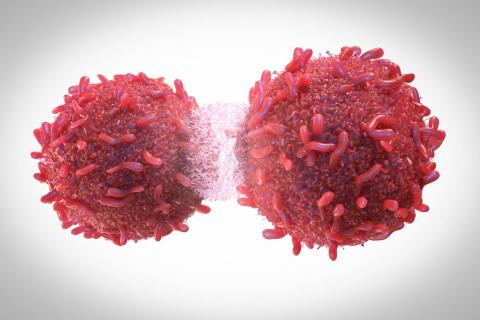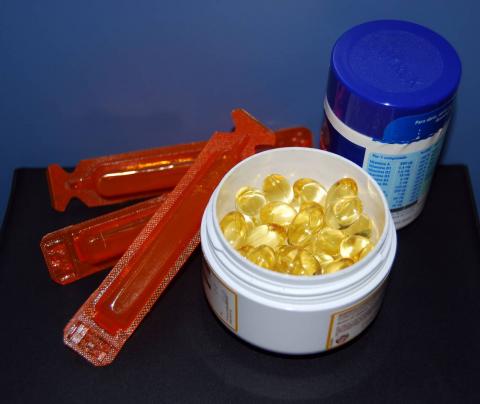Reaction to study linking prolonged sitting to increased risk of breast cancer
A study published in the British Journal of Sports Medicine has found a link between the practice of physical exercise and a lower risk of developing breast cancer in any of its types. The authors claim that there is very strong evidence that the association is causal.

Marina Pollán - ejercicio físico y cáncer de mama (EN)
Marina Pollán
Director of the National Epidemiology Center, a center belonging to the Carlos III Health Institute
The value of the study, in the first place, is its sample size and the result obtained, which agrees very well with all the knowledge provided by studies using physical activity questionnaires. Here in Spain, in GEICAM (Spanish Breast Cancer Research Group) we published an article from the EpiGEICAM study with the results obtained from physical exercise questionnaires in women recently diagnosed with breast cancer and control women, and we also found this protective effect.
Measuring physical activity in epidemiological studies is a challenge. Traditionally, physical activity questionnaires have been used that usually collect either the activity performed in a specific period, or even over a lifetime. They usually focus on recreational physical activity (that which is performed outside of work and housework), although some questionnaires also attempt to capture the work and home environment. These questionnaires depend on the respondent's memory and, therefore, may have a non-negligible margin of error. As opposed to questionnaires, we have the possibility of using objective measures, such as the one used in the UK Biobank to identify genetic variants associated with increased physical activity, based on wearing a wrist accelerometer for a period of time. The period is usually limited and therefore this measure also has its own problems.
The advantage of using associated genetic variants is that they do not depend on the recall bias of the individual nor do they depend on whether the diagnosis of the disease, in this case breast cancer, changes the responses to the questionnaires or the activity to be performed when wearing the accelerometer wristband. Genetic variants can be measured with high accuracy. That said, it is an indirect measure: a person (a woman in this case) can have the variants that predispose her to move more but not do so for various reasons. On the other hand, these variants may condition other biological processes that explain the protective association found in the study.
The study ratifies the evidence already available from many epidemiological studies in this field showing the protective effect of physical exercise against breast cancer. We have more evidence for breast cancer after menopause because it is more frequent and studies tend to have more cases in postmenopausal women, but this study also shows an interesting effect of vigorous exercise against breast cancer in women before menopause. In that sense, the study I mentioned from the GEICAM group, which I coordinate, also showed a protective effect against premenopausal cancer. As was the case with us, the effect is more consistent for physical exercise in general and less so for vigorous exercise (in this case, against the genetic variants associated in general with more exercise and less evident against genetic predisposition to vigorous exercise). Another important fact of the study is that, thanks to its sample size, it provides information by tumor subtype, confirming that exercise has a protective role for all subtypes. As I say, assuming that genetic variants are able to detect differences in the amount of exercise performed by the participants in these studies.
The implication is clear: women should know that moderate physical exercise is a good strategy, not only to reduce the probability of breast cancer, but also against other common chronic diseases. The main limitation, already mentioned, is the use of genetic variants to measure exercise. However, as the measurement of physical activity throughout life is complex and few studies have information over time, the results of the study complement the existing evidence and could also open up new avenues of research focused on the biological effects of these variants and their possible role in explaining how exercise acts to reduce risk. We know of several avenues; there may be others.
Suzanne C Dixon-Suen et al.
- Artículo de investigación
- Revisado por pares
- Humanos



